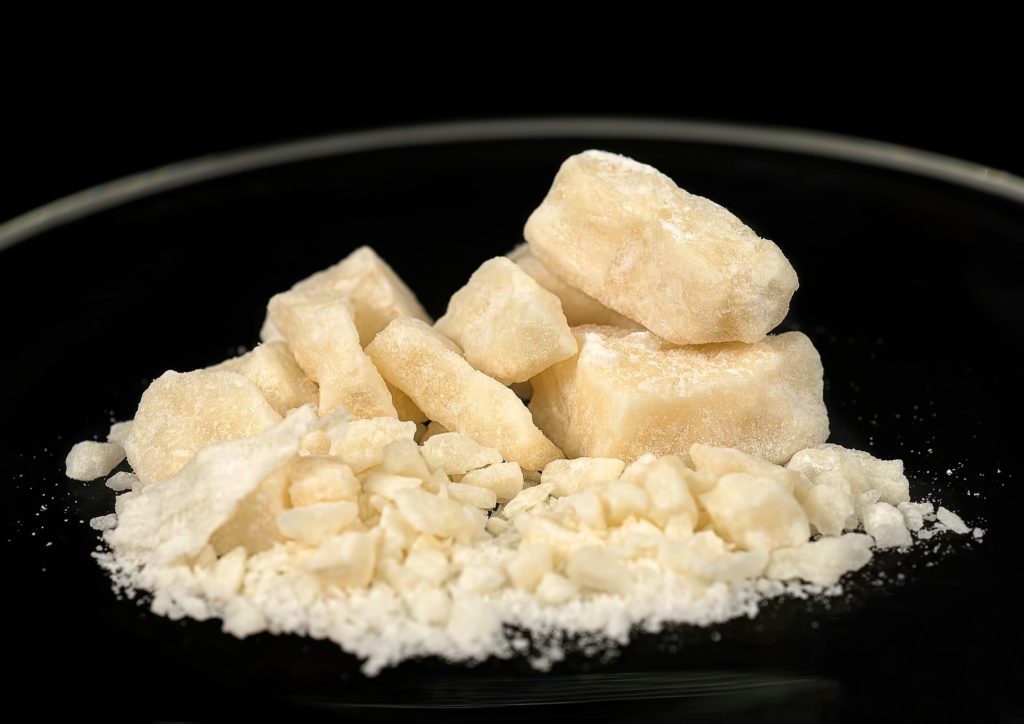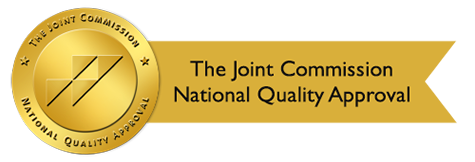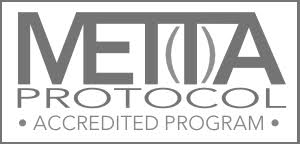Crack is a free- base, crystalline form of cocaine that can be smoked, snorted, and sometimes injected. It is considered the most addictive form of cocaine because of the intense and immediate “high” it causes in the brain when used.
Since crack is cheaper than cocaine, it was first used as a recreational drug in poor areas of New York City, Philadelphia, Baltimore, Washington, D.C., Los Angeles, and Miami during 1984 and 1985, which lead to its rapid increase and use, manifesting the “crack epidemic” of the 1990s in the US.
An addiction caused by using crack is developed so easily that a first time user can immediately be addicted to the substance. Recognizing the telltale signs of crack use or addiction is extremely vital to bring treatment to a person as soon as possible.
The difference between Crack and Cocaine
Cocaine is a hydrochloride salt in its powdered form, while crack cocaine is its derivative form dissolved in water and baking soda, then boiled (to separate solids) and then cooled down to form rocks. These rocks are broken down into smaller pieces and sold as crack—a much purer and potent form of cocaine. The term “crack” came from the cracking noise made during the boiling process.
Cocaine and crack look different because cocaine is usually in a white powdered form, while crack is a rock formation that can appear white, cream, tan, or light brown. Crack is created as a cheaper alternative to cocaine but has proven to be more dangerous.
As crack is commonly smoked, its chemicals reach the brain faster than they would with the ingestion of standard powdered cocaine.
Normal cocaine triggers the irregular build-up of dopamine in the body, its effects felt by the user in 15 to 30 minutes, depending on how it’s ingested. Crack, however, creates a more intense and powerful “high” but is more short-lived, its effects lasting only around 10 to 15 minutes.
According to a study on the neurobiology of cocaine addiction, just one dose of crack cocaine is enough to rewire the chemicals in the brain completely. Right after the substance is used, the brain’s dopamine neurotransmitter is immediately stimulated, making the user feel extreme pleasure and creating a desire for more of those feelings.
The surge of dopamine triggered by crack use exceeds any satisfying sensation caused by any natural healthy activity. That is why it is extremely addicting, and users end up ingesting more of the substance.
What Crack Does to your Body
Signs of crack cocaine use or addiction are fairly visible, especially when psychological and behavioral changes in a person manifest. Crack is a very powerful substance that takes hold of a person’s mental and physical states. It is important to be aware of the signs and seek treatment immediately, to prevent potential overdose, or worse, death.
Signs of crack abuse include:
- Extreme bursts of energy
- Hyperactivity
- Talking rapidly
- Consuming food at extraordinary speed
- Not eating food at all for a long period
- Fatigue
- Exhaustion (sleeping for days)
- Violent mood swings
- Depression
- Suicidal thoughts
- Paranoia
- Hallucination
- Muscle tremors and seizures
- Nosebleeds
- Constant runny nose
- Chronic sore throat
- Bloodshot eyes
- Dilated pupils
- Headaches
- Loss of smell
- Blistered lips
- Burnt fingers
- Increased breathing rate
Using crack cocaine can inflict other kinds of damage to someone’s body. Crack use can cause a tear in the nasal lining passage because of snorting, a tear in the mucus lining of the throat, lung damage, contracted blood vessels, heart failure, and more.
Long-term crack abuse can eventually destroy an individual’s vital organs and can make the body more prone to infection because of a weakened immune system caused by the chemicals of the drug.
Intervention and Treatment
Any amount of crack use is a cause of concern because of its extremely addictive properties. Intervening and seeking help from a professional is vital and must be done as soon as possible when dealing with someone who uses crack. If we leave a user without supervision, crack use can eventually kill them or cause permanent psychological damage to their brains.
Treatment begins by breaking a person’s dependency on the substance slowly. Crack withdrawal can be dangerous, and a professional must monitor the person experiencing withdrawal. Craving crack after trying to stop will be an intense experience, impossible to resolve without an expert. To keep someone safe during the withdrawal process, it must happen in a hospital or treatment facility to prevent relapse or worse.
The body is expected to struggle from the absence of the drug, and withdrawal symptoms usually include muscular pain, diarrhea, fever, depression, anxiety, and even suicidal tendencies.
It’s important to hold detoxification in a controlled environment surrounded by medical experts. This can prevent people from going through withdrawal to get a hold of more crack or seek other drugs because of the symptoms. Doctors in a treatment facility will be able to prescribe proper medication, therapy, and moral support to make the detoxification more bearable for a patient.
The goal of rehabilitation is to make a successful and lasting recovery for the individual. It will take time and require a lot of support, not only from medical experts but from loved ones.
Therapy
It usually takes a week to detoxify from crack under proper treatment. Even if an individual no longer has a physical craving for the substance, it is still vital to undergo therapy to address the psychological effects of the drug.
This is usually held in an inpatient program (patient stays in a treatment facility for weeks or months) or outpatient program (patient still stays at home but checks in the treatment facility daily or weekly), depending on what individual needs.
Two types of therapy are effectively used to treat drug addiction:
- Cognitive-Behavioral Therapy – teaches individuals to recognize harmful thoughts and behaviors, and replace them with better choices and actions.
- Motivational Interviewing–therapists increase an individual’s motivation by helping a person rewire their brains into the mindset that their lives are better without drug use. Positive psychology and reinforcement are used in this type of therapy.
What Are The Next Steps?
Therapy, rehabilitation, and treatment will help a person recover from drug addiction however there will always be moments of relapse and accidental triggers that tempt an individual to go back to his/her addiction. It is important to get support and accountability from friends, family, and even peers to sustain recovery permanently.
Peer-led recovery groups are sometimes better known as 12-Step groups, and can help in this area by providing accountability, as well as allowing people to share their experiences with similar addictions while providing emotional and moral support to fight it.
To help yourself or a loved one avoid cocaine abuse or any kind of addiction at all, check out Addiction Recovery Blog.
Disclaimer: This post serves a strictly educational use. It does not reflect the services, products, or therapeutic approaches of this establishment or its healthcare practitioners. The purpose of this blog is not to advertise the products, services, or therapeutic approaches of any other establishment that may be associated with this site. On the subject of safe or legal services, products, and therapies, recommendations ought to be given by a qualified professional on a case to case basis.




